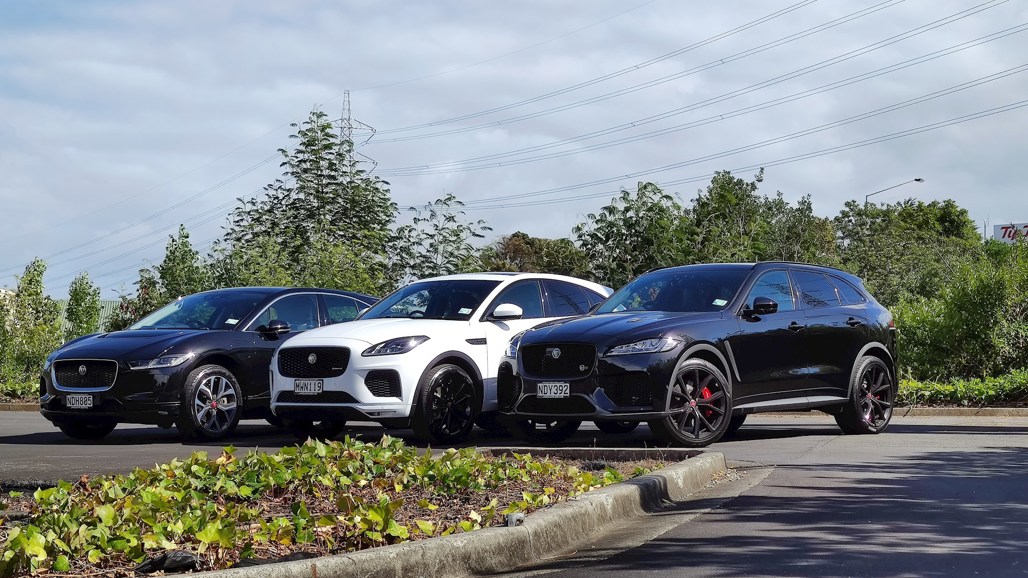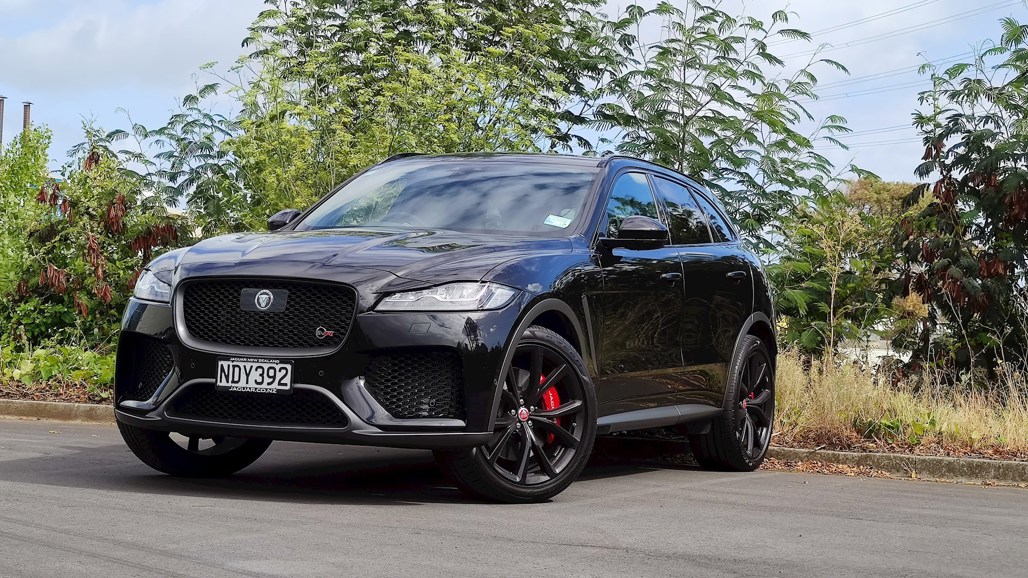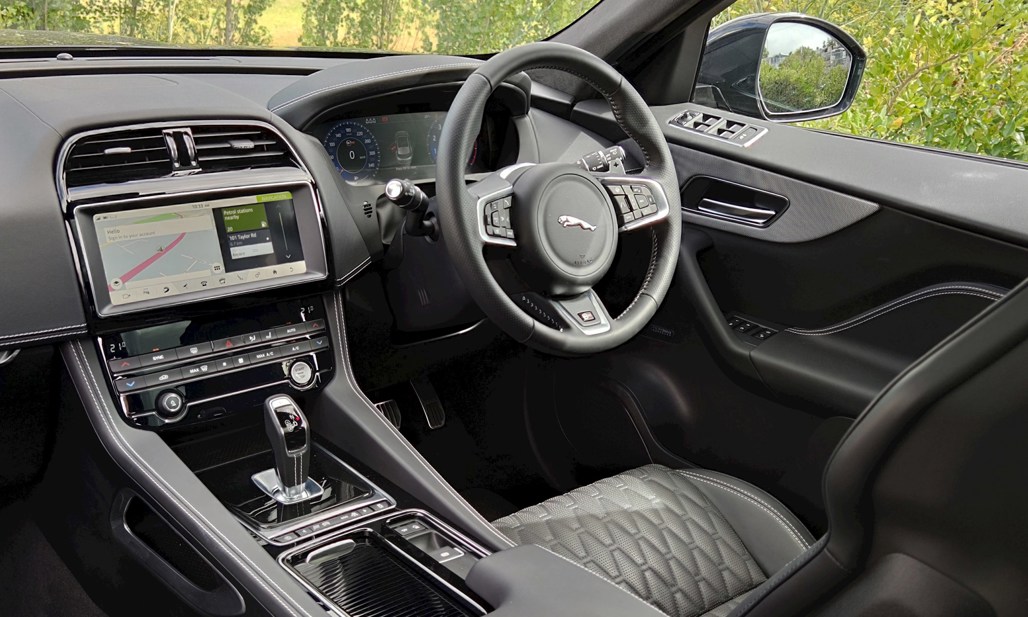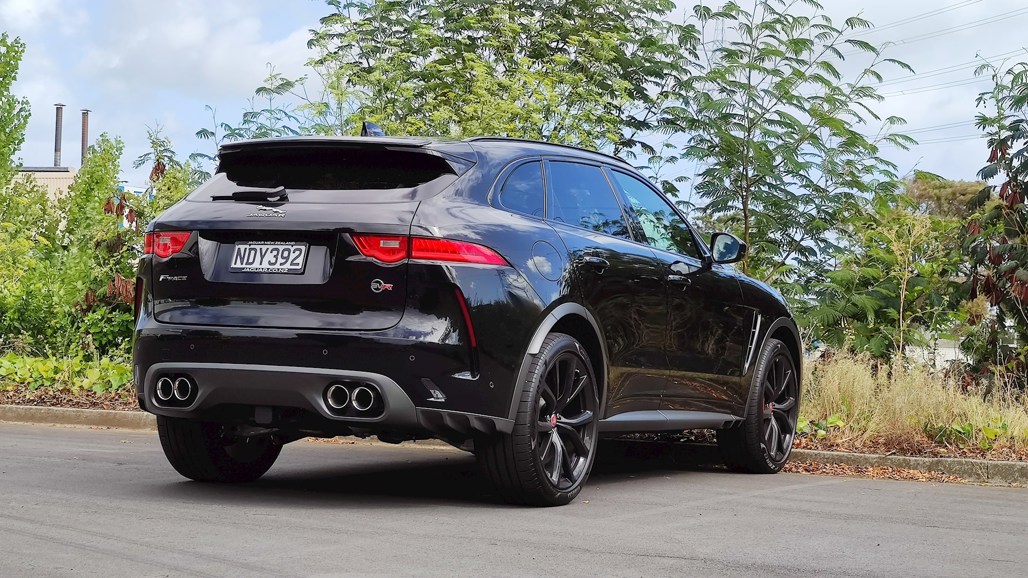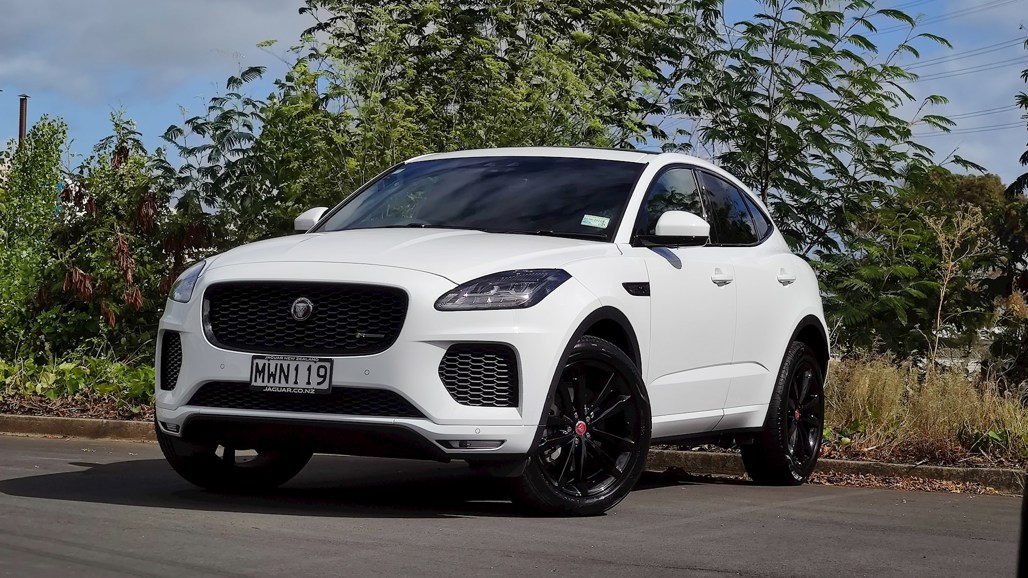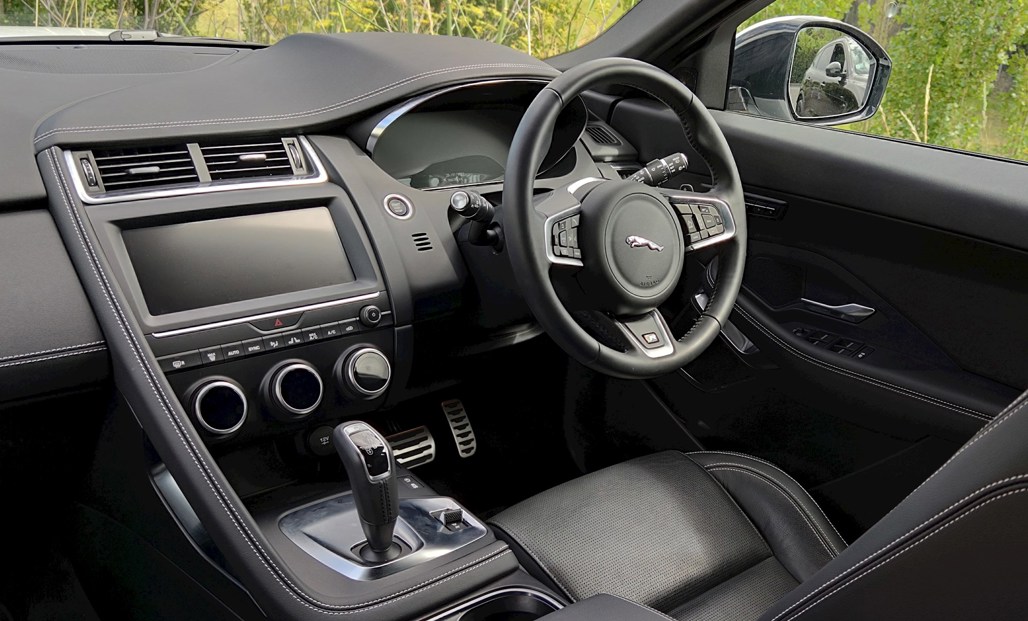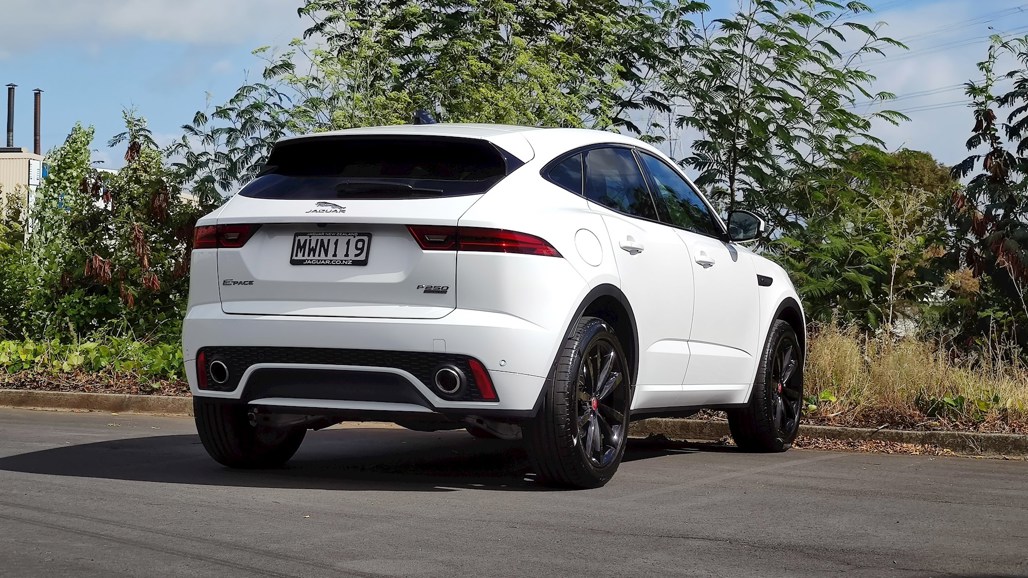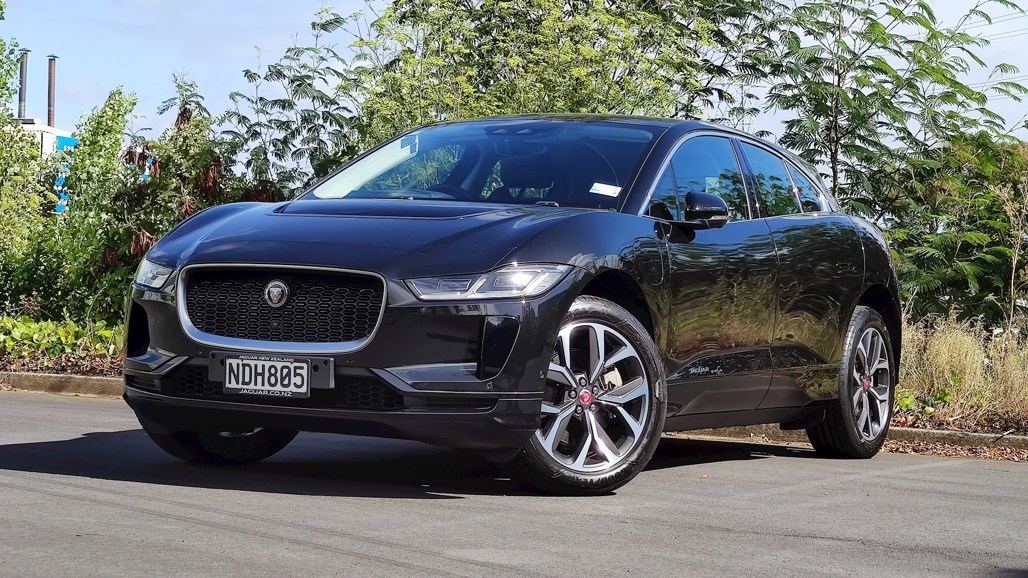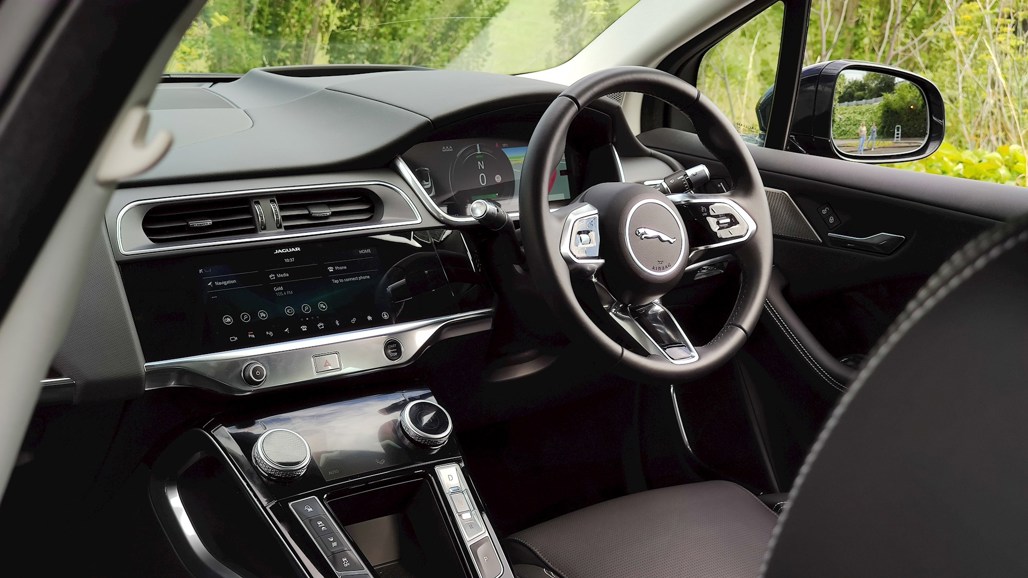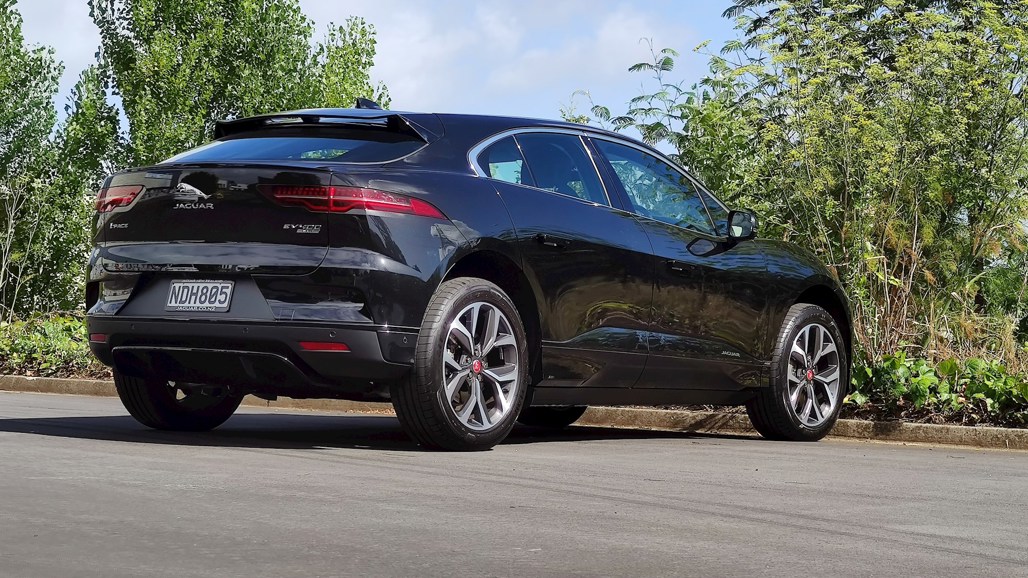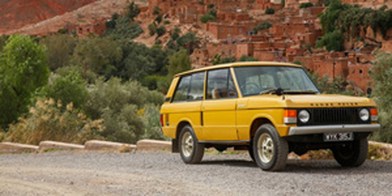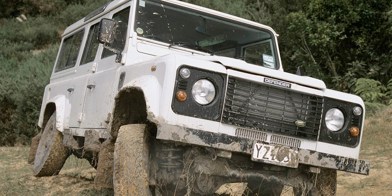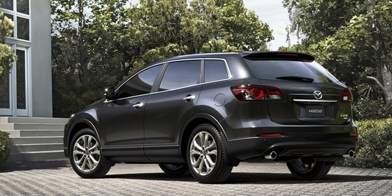When Jaguar launched its first-ever dedicated SUV in 2016, there were a few furrowed brows at the name: F-Pace. Not a simple initialisation like the company’s other family models, but also not a “Type” like its sports cars.
In fact, it makes perfect sense in hindsight. The F aligns it with the XF sedan in size, while “Pace” recalls one of the brand’s most iconic advertising taglines (arguably one of the most iconic automotive taglines ever) from decades gone by: “Grace, Space and Pace”.
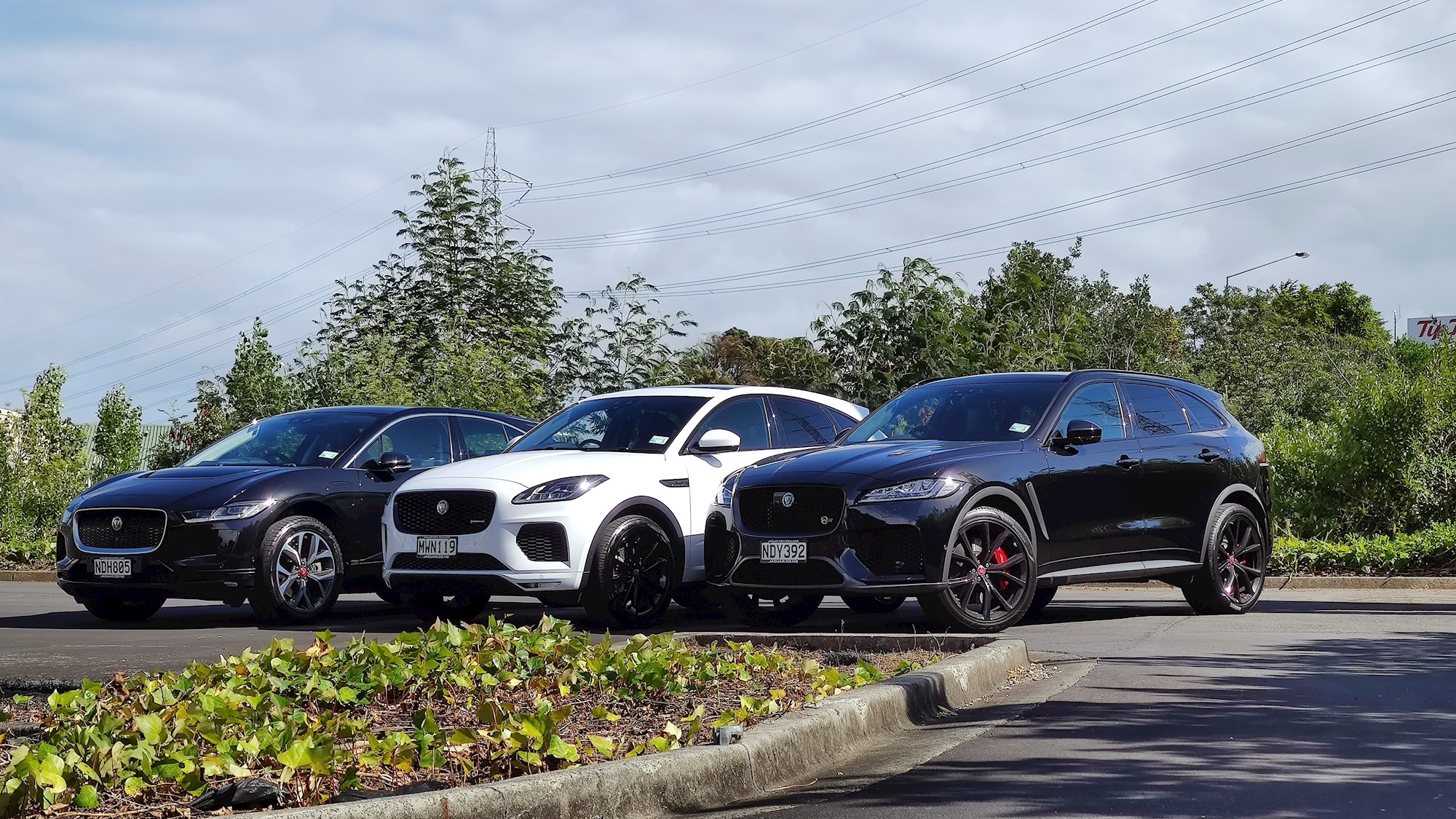
It might be a case of a company believing its own marketing, but it works pretty well for an SUV. Apart from being pretty catchy, the whole idea was to highlight the broad talents of the brand: elegant looks, luxury/practicality and high performance.
SUVs were new for Jaguar with the F-Pace, so the name was really about reminding buyers that it hadn’t forgotten its traditional strengths. It seems to have worked: the F-Pace became Jaguar’s fast-selling single model and was named World Car of the Year in 2017.
The F-Pace does pull off a neat trick: it’s clearly a Jaguar and despite the high ride height that goes with SUV status, it’s had the tick from critics for Jaguar-like handling and ride.
The range is broad, covering everything from a 2.0-litre four to sixes, petrol and diesel. But in 2019 Jaguar upped the ante considerably by sending the F-Pace to its Special Vehicle Operations to create the SVR, with 405kW from its supercharged V8 and bespoke chassis modifications.
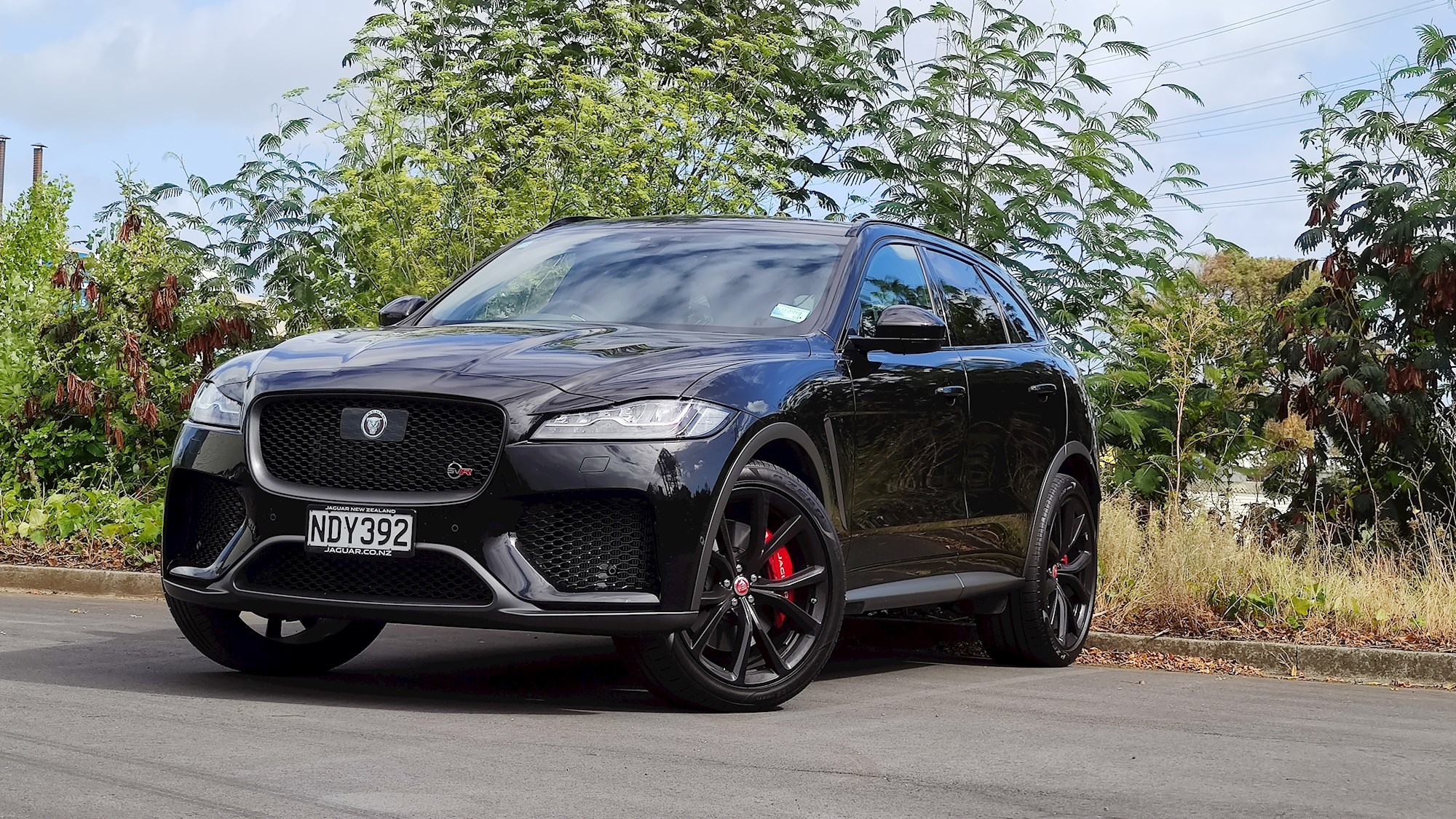
To view all Jaguar F-Pace models currently listed on DRIVEN, click here
There’s more to come from an F-Pace facelift this year. At one end is a new Plug-in Hybrid Electric Vehicle (PHEV) version, which boasts emissions of just 54g/km (half the limit proposed by the NZ Government for 2025) despite having 297kW on tap.
At the other extreme, the SVR gets even more go in the ’21 update, with an extra 20Nm and the automatic-transmission torque converter from the Project 8 super sedan.
The Pace name began to take on even more meaning in 2017 with the launch of the E-Pace, Jaguar’s entry into the burgeoning premium-compact SUV market. Can you have “grace” with a cheeky grin? That’s idea with the E-Pace, which is supposed to look like a baby version of the F-Pace. But not simply a scaled-down one – it has an exaggerated sense of proportion, likened to a cub with big feet by Jaguar at the time.
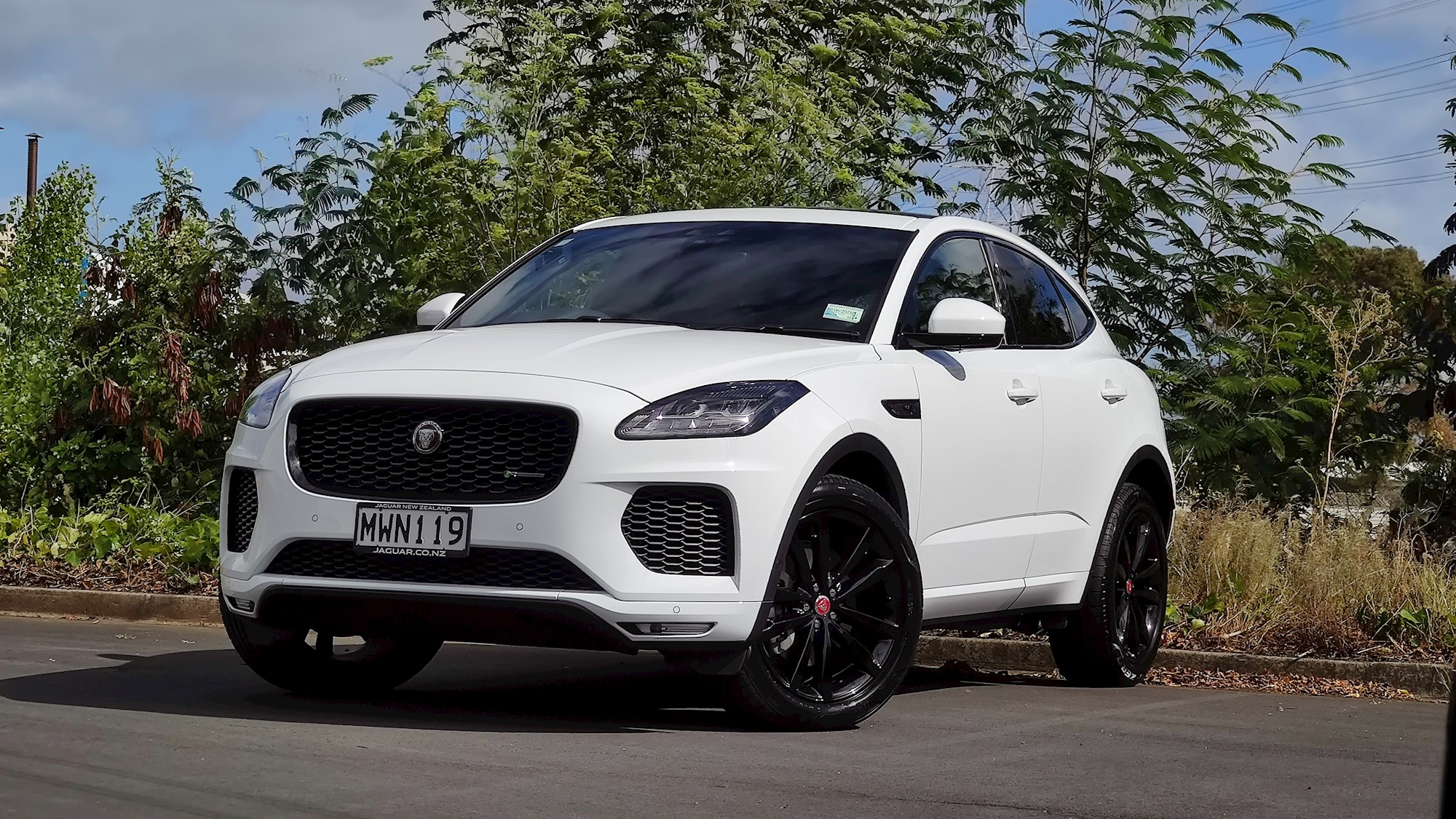
Unlock the car in the dark and you get the message: the puddle lamps that shine on the ground next to the car project an image of a Jaguar with a cub running along behind.
The E-Pace platform draws on both the Land Rover Discovery Sport and Range Rover Evoque. The current New Zealand lineup comprises a pair of P250 2.0-litre petrol models, but a 2021 update on the way will open with a D200 diesel and top out with a 300 Sport model packing 221kW/400Nm.
To view all Jaguar E-Pace models currently listed on DRIVEN, click here
While the E-Pace is available globally with a choice of drivetrains, in NZ it’s exclusively AWD.
In light of Jaguar’s announcement that its “Reimagine” global strategy will make it a pure-electric brand from 2025, the most significant member of the family is the I-Pace.
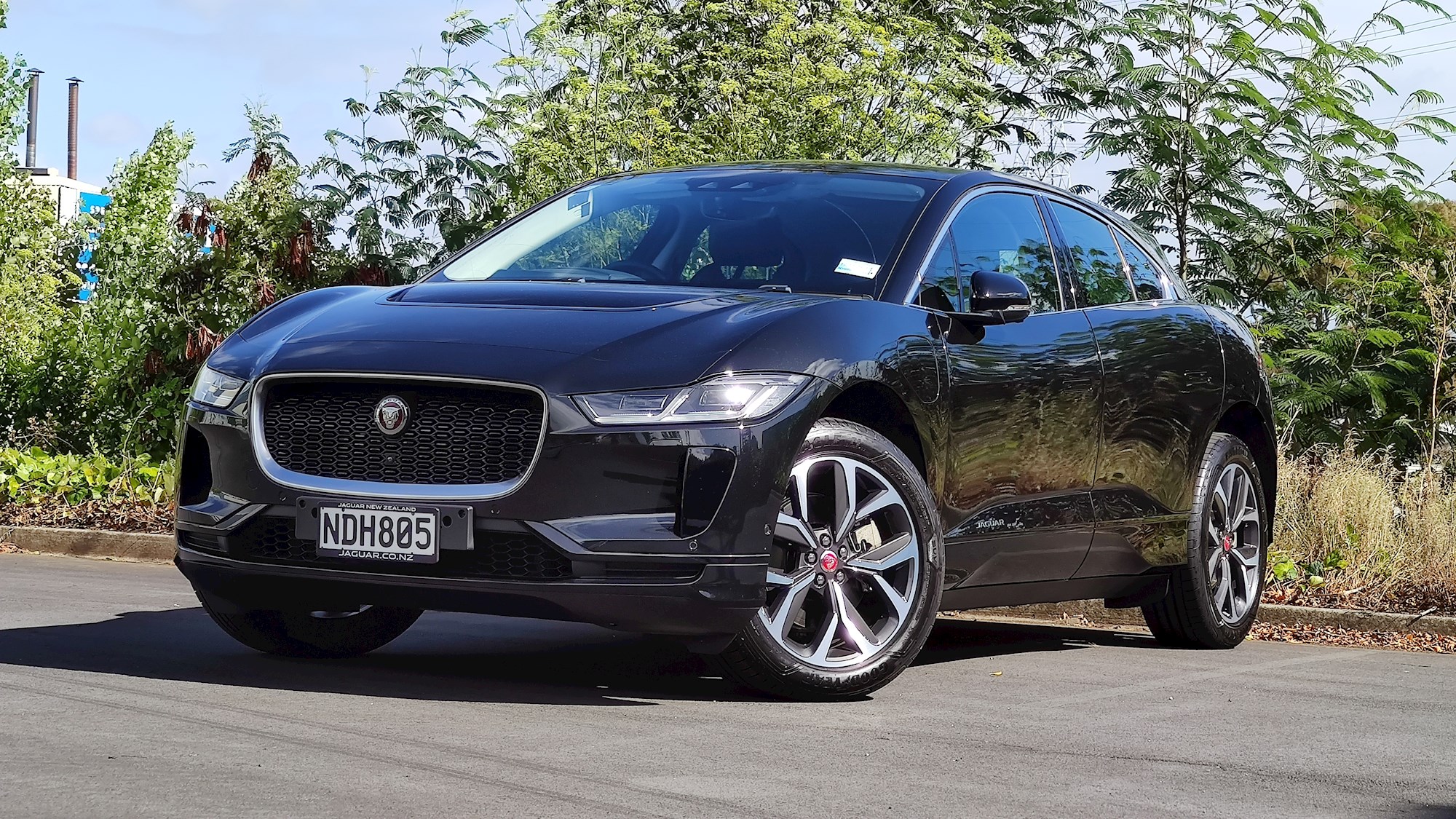
I-Pace was Jaguar’s first Battery Electric Vehicle (BEV) when launched in 2018. It didn’t just push the brand in a new powertrain direction – it capitalised on the packaging flexibility allowed by BEV architecture to introduce a new look to Jaguar, with all four wheels pushed out to the corners of the car and impressive interior space thanks to a flat floor.
It might be new-tech, but the I-Pace followed family tradition by winning the World Car of the Year award in March 2018, followed by European Car of the Year in 2018. While we’re at it, it was also the NZ Motoring Writers Guild Car of the Year in 2019.
It’s a brilliant blend of BEV power with decent range (470km according to WLTP testing) and cutting-edge design.
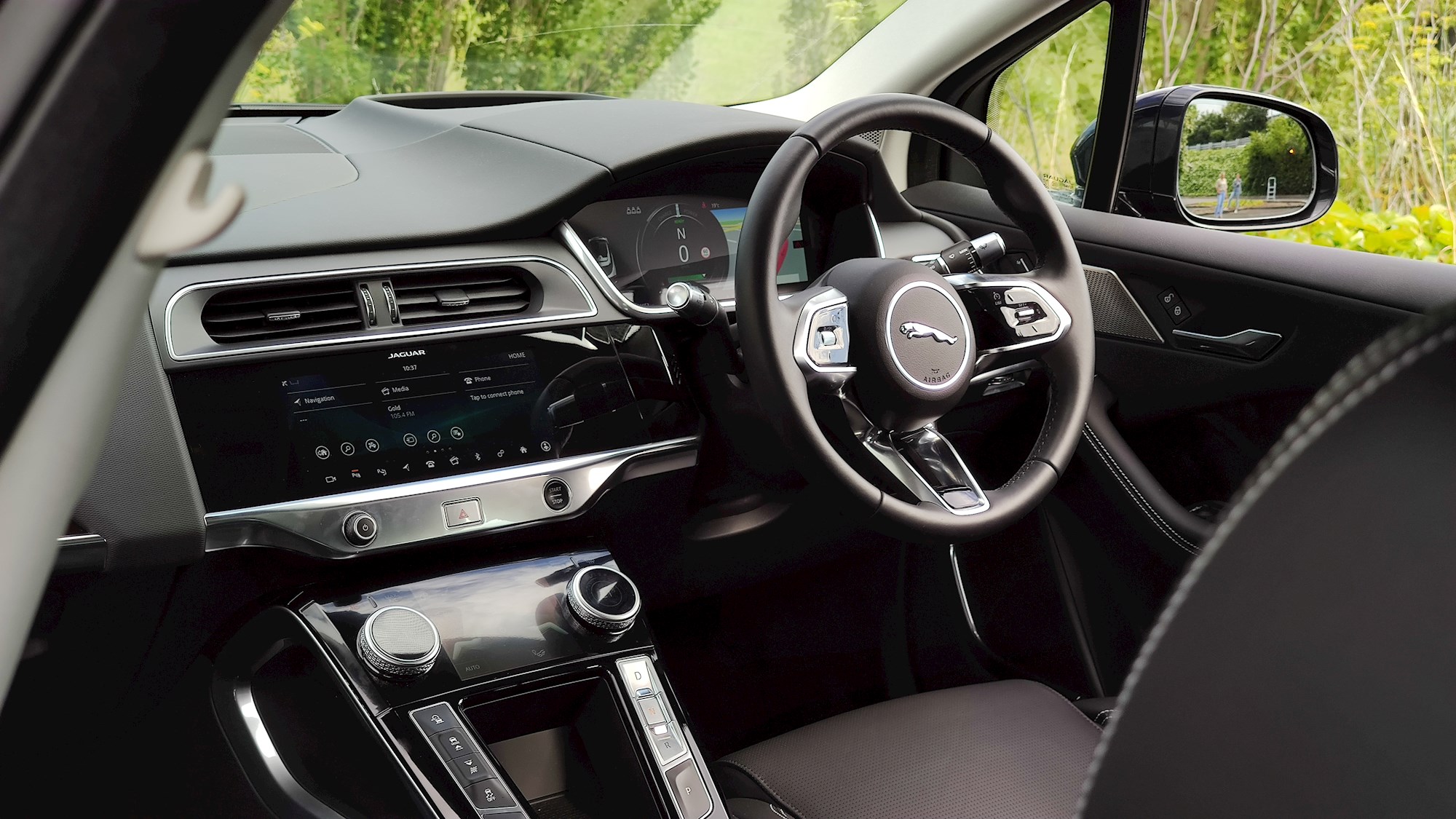
But is it an SUV really? It’s sleek and you sit very low in the car. On the other hand, it has good ground clearance with adjustable height, plenty of practicality – and a good few styling cues from some of Jaguar Land Rover’s SUV models, like the Velar-style flush door handles, to help make the point.
It’s now clear that while “Pace” will remain an SUV nameplate, it’ll be all-electric from 2025. So the I-Pace is really the start of something big.
JAGUAR F-PACE
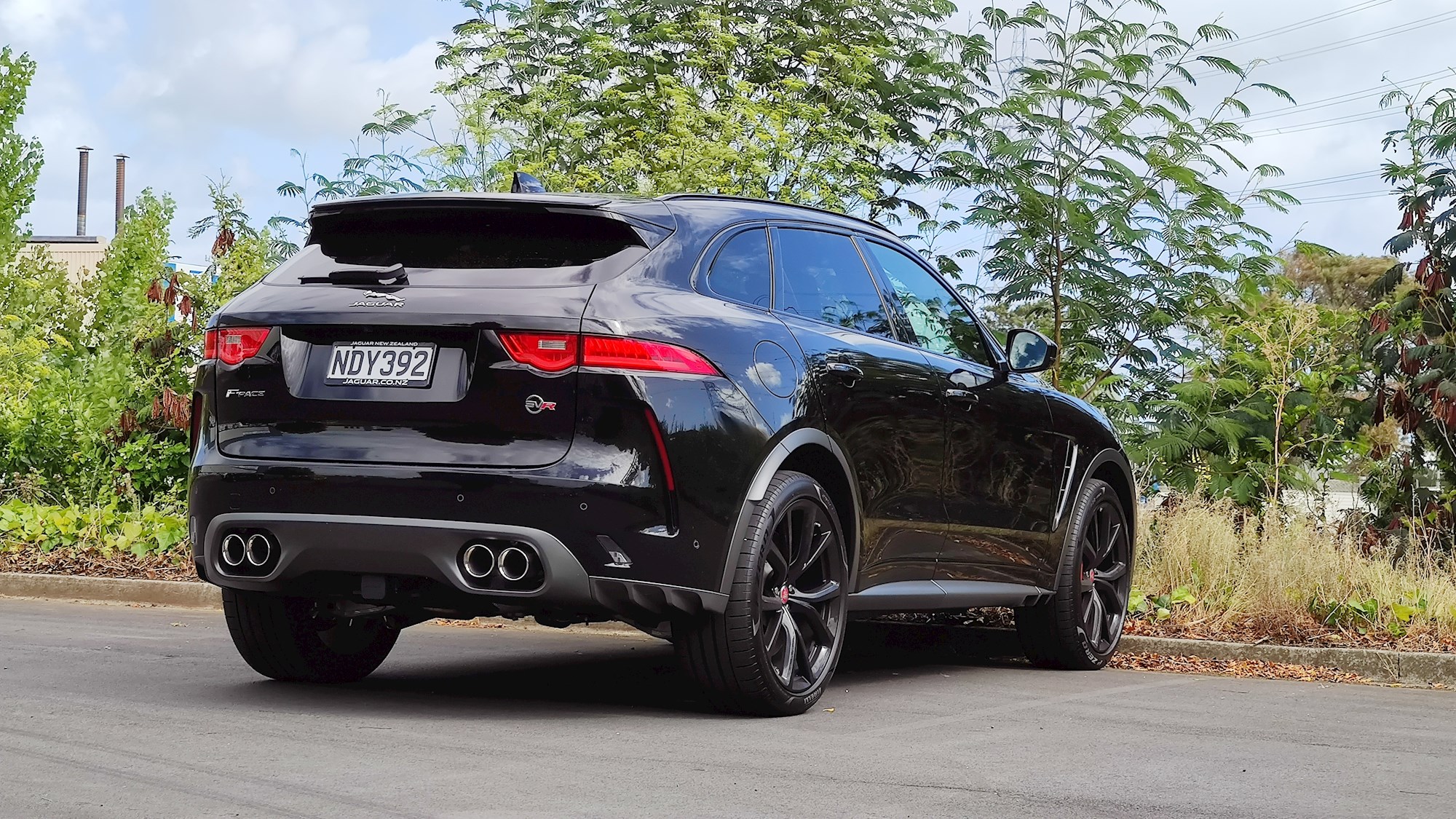
ENGINES: 2.0l, 3.0l and 5.0l petrol, 2.0l and 3.0l diesel, 2.0l plug-in hybrid (coming for MY21)
POWER: 147-405kW/365-680Nm
DRIVELINE: AWD
PRICES: $94,900-$157,900.
JAGUAR E-PACE
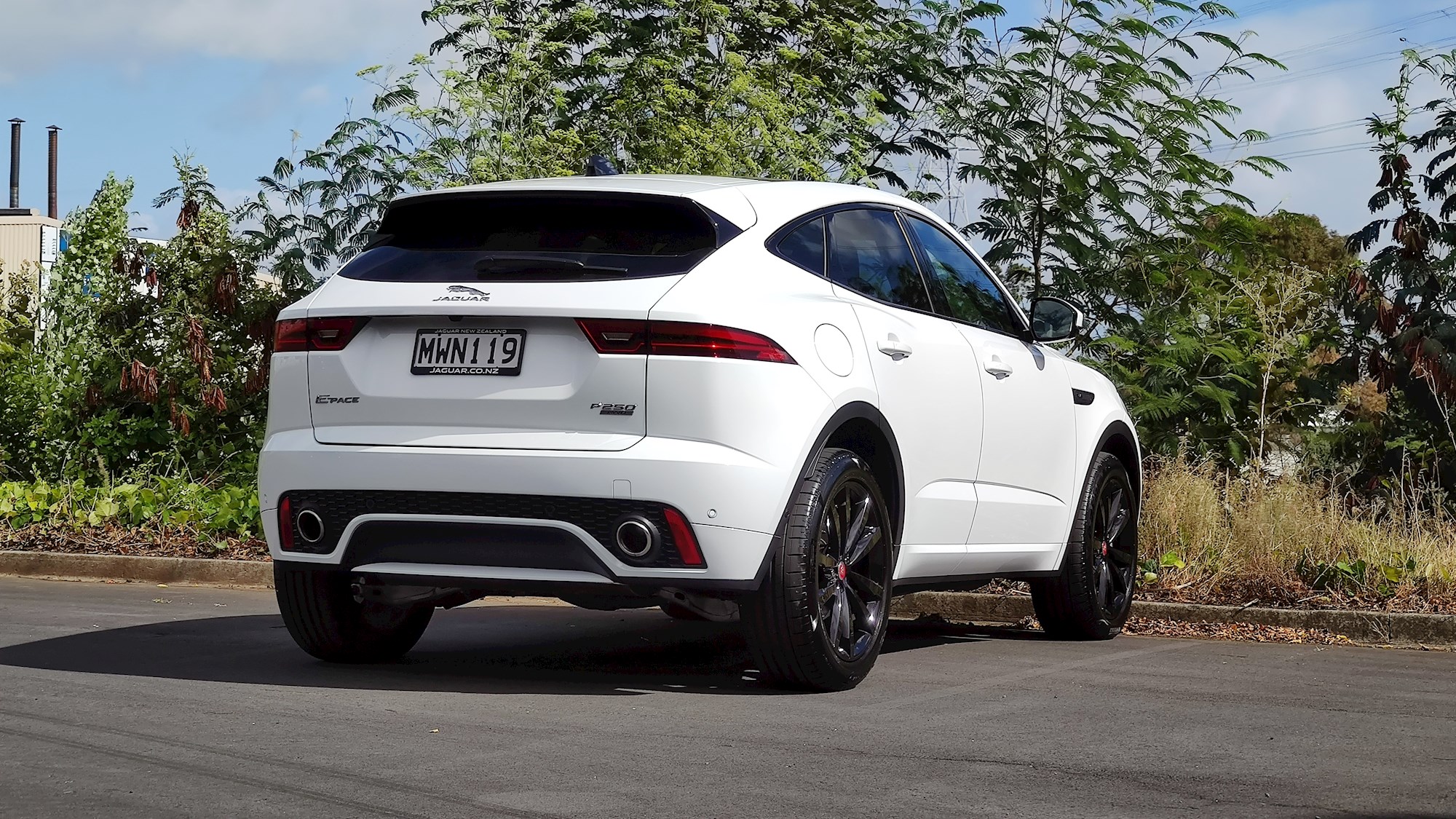
ENGINES: 2.0l petrol or diesel
POWER: 147-184kW/365-400Nm
DRIVELINE: AWD
PRICES: $84,900-$85,900.
JAGUAR I-PACE
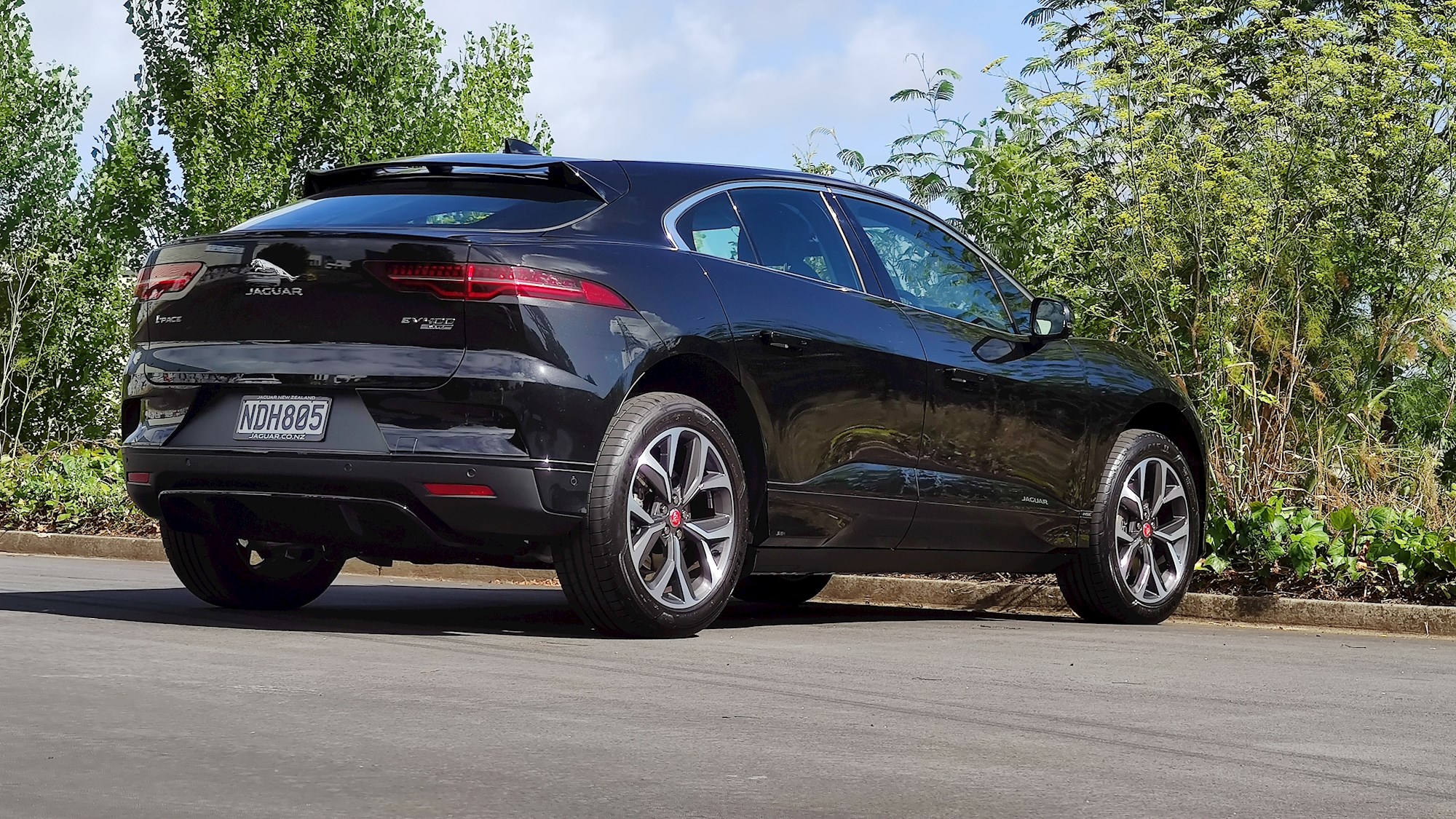
ENGINE: Pure-electric, dual motors, 90kWh battery
POWER: 294kW/696Nm
DRIVELINE: AWD
PRICES: $149,900-$169,900.
